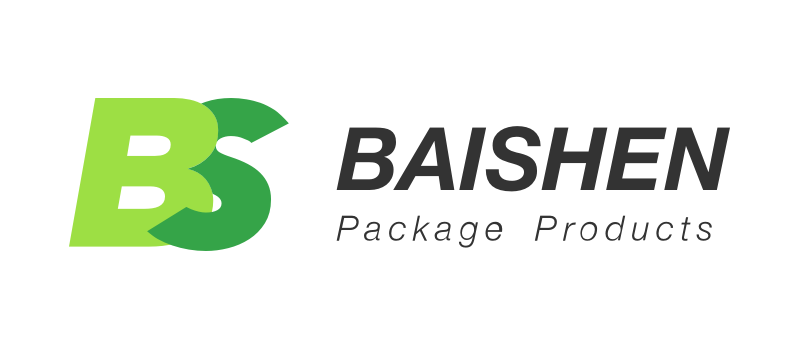Introduction
Within the contemporary food technology setting, one of the main objectives is to achieve shelf stability without affecting sensory properties and convenience. This has long been done using traditional canning, which has been limited by heavy materials, long thermal processes, and effects on food texture and nutrition, which led to a strong innovative need. This need has been fulfilled with the invention of retort packaging, which is a technology that radically changed the way in which shelf-stable foods are produced, stored, and consumed. This guide offers a clear summary of the history of retort packaging, which includes its main scientific concepts and material structure, besides how it is used commercially and its future development.
What Is Retort Packaging?
Retort packaging is a food package that is composed of heat-resistant, multi-layered flexible laminates or rigid containers where, once the package has been filled and sealed, it can be commercially sterilized. The term “retort” is used to refer to the particular thermal treatment process wherein the closed container is subjected to high-pressure heat within a machine, usually an autoclave or a special retort vessel, to eliminate microorganisms and delay spoilage. The process makes the food shelf-stable, allowing the food to be stored at ambient temperatures over an extended time period, typically 18 months or longer, without refrigeration.
A flexible retort pouch works functionally as an alternative to the traditional metal can or glass jar. It incorporates the shelf life of canning and the material efficiencies and convenience of flexible packaging to form a product category known as soft cans. This innovation is not just an incremental innovation, but a major advancement in food preservation, which is known to have a contribution to food quality and efficiency of food supply chains.
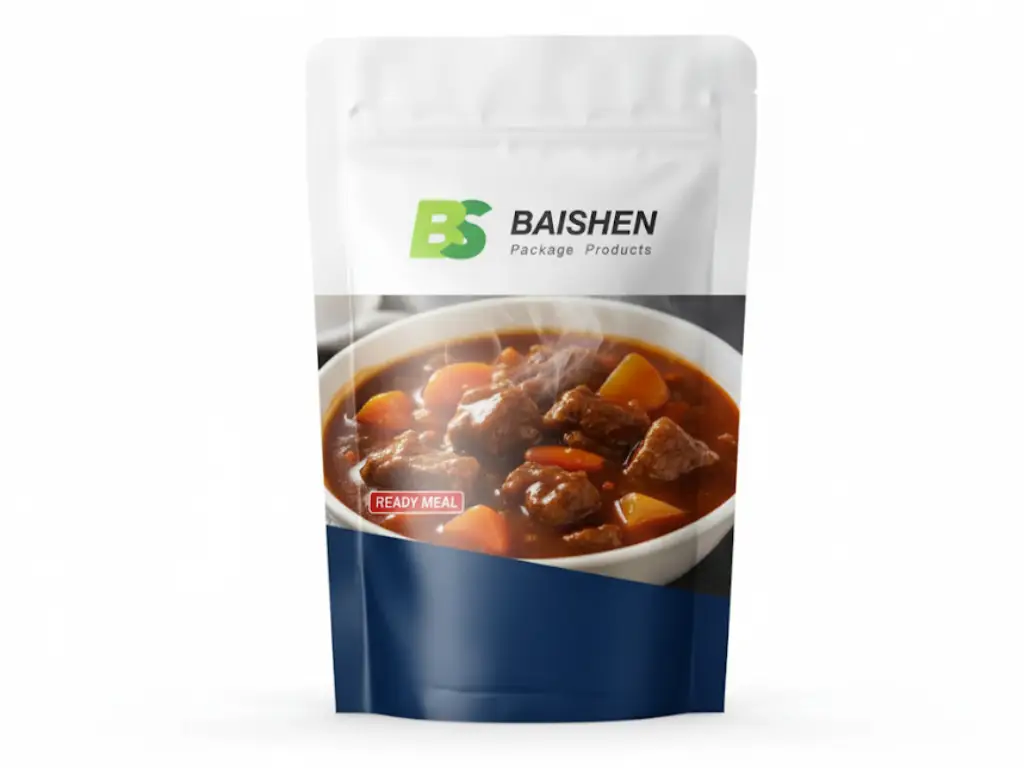
How the Retort Process Ensures Safety & Quality
The retort sterilization process, which is a well-monitored procedure of thermal degradation that aims at attaining commercial sterility, forms the base of retort packaging. This is achieved when there is no pathogenic or spoilage-causing microorganism, and the food product is safe to be consumed and has a long shelf life.
Once the food is made and it has been put in the packaging, the process commences with the hermetically sealed packaging. The airtight containers are placed in a retort. Within the chamber, the packages are exposed to high temperatures, usually between 116 °C and 135 °C (240°F and 275°F), for a scientifically determined time. Importantly, it is high-pressure, or overpressure, heating that is necessary to ensure that the flexible packaging remains sound. In the absence of this counter-pressure, the effects of the high temperatures on the gases within the pouch would cause the seal or delamination.
This heat and pressure combination is effective in destroying bacteria, yeasts, and molds. The lightweight design of a flexible retort pouch in comparison to a rigid can enables quicker heat transfer to the product inside the package, thus preserving its nutrients, texture, appearance, and flavor better.
Materials Used in Retort Packaging
The effectiveness of a retortable pouch fully relies on the advanced multi-layered design. The layers are designed to carry out a particular purpose and, when combined, form a durable, protective, and safe container. These retort pouch materials usually have three major layers.
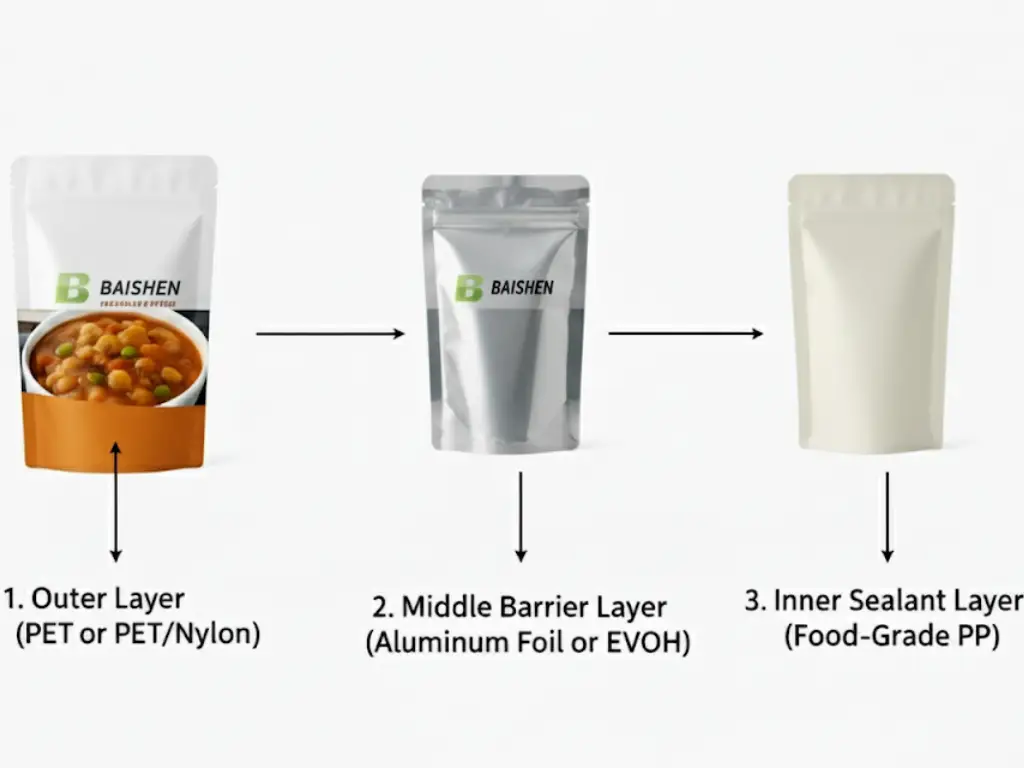
Outer Layer: Printability and Durability
The outer layer is usually constructed of polyester (PET). The material has been chosen due to its high strength, hardness, and ability to resist temperature. It gives the pouch structural integrity and is the primary printing surface. This layer can be reverse-printed with high-quality graphics to safeguard the ink and provide a high-quality professional look on the shelf of the retailer. It is also durable and therefore safeguards the package when it is handled and transported.
Middle Barrier Layer: The Key to Shelf Stability
Between the inner and outer layers is the barrier layer, the most important component in assuring a long shelf life. Conventionally, this layer consists of aluminium foil. Oxygen, moisture, and light, which are the three primary elements that worsen food quality with time, are not able to penetrate aluminium. This layer excludes microbial growth, oxidation, and loss of nutrients by providing a hermetic barrier. Non-foil barrier materials such as transparent films with special coatings (e.g., AlOx or SiOx) or co-extruded polymers such as EVOH have been developed in recent years, which are transparent but provide a high barrier.
Inner Layer: Food Safety and Seal Integrity
Polypropylene (PP) is the most commonly used material in the innermost layer that is in direct contact with the food product. The reason behind the selection of this polymer is that it has a high melting point and is therefore not degraded by the high temperatures of the retort process. It is also chemically inert and approved by the FDA to be used in food contact, such that no toxic substances are absorbed into the food. What is more, the heat-sealant layer is polypropylene. Its capacity to create a good, trustworthy seal is the most important in ensuring the integrity of the package and sterility of the products. Non-retort flexible packaging can be carried out using other materials such as polyethylene, whereas when thermal processing is required, polypropylene is the preferred material.
Key Features and Advantages of Retort Packaging
The material engineering and the high level of thermal processing which characterizes retort packaging are not technical games, but are directly translated to a sequence of concrete commercial and consumer advantages. All these benefits radically transform the value proposition of shelf-stable foods, affecting each aspect of the value chain, including production and logistical efficiency, as well as culinary experience and overall sustainability of the end-user.
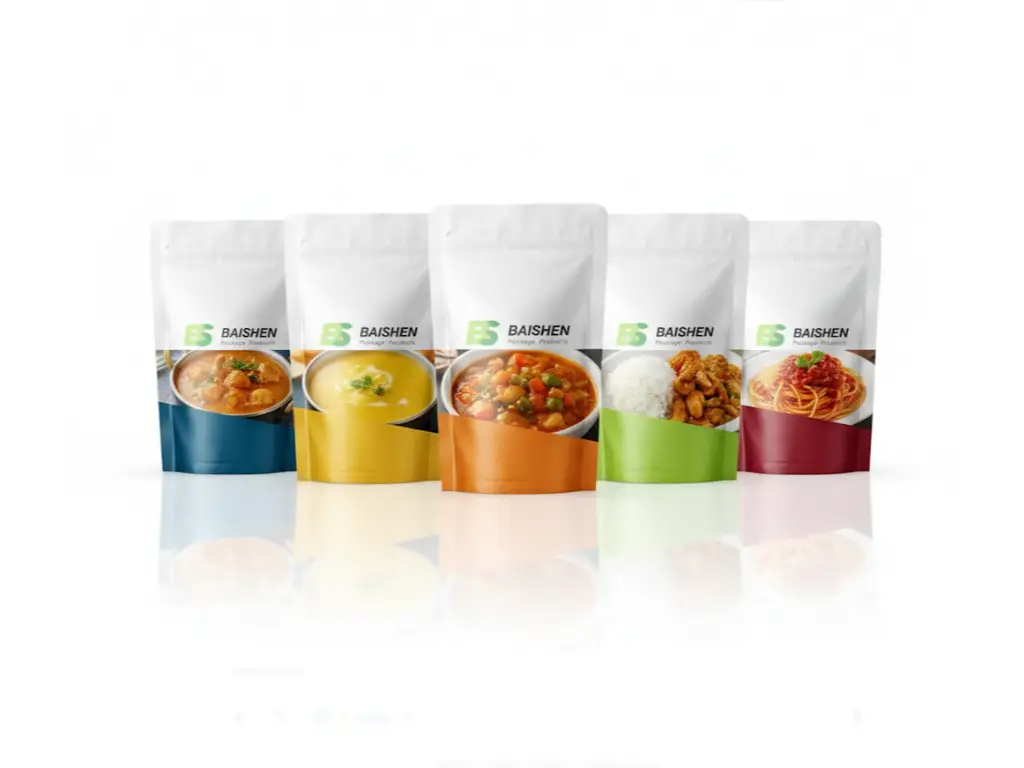
● Extended Shelf Life Without Refrigeration
The first benefit is that it can reach a long shelf life of food without the need to use a cold chain. This goes a long way in saving energy related to transport and storage in fridges and creates a market opportunity in places where cold storage facilities are minimal.
● Better Flavor, Color, and Nutrient Retention
The shorter heating and cooling durations of the retorting process lead to high-quality products. Foods can maintain more original flavour, texture, and nutritional content than when a much longer cooking period is used to achieve a traditional canning effect.
● Lightweight, Flexible, and Easy to Transport
Compared to glass jars or metal cans, a retort pouch is much lighter and less bulky. This is directly translated into low transportation expenses and reduced carbon emissions. Flexibility in packaging enables the packaging to be packed more efficiently with less space needed in warehouses, shelves in the retail store, and the pantry of the consumer.
● Convenience: Easy to Open, Store, and Reheat
Retort pouch packaging in modern times is made convenient for consumers. It has features such as tear notches, which do not require can openers. Some pouches stand up to serve easily, and most of them are currently microwavable, providing a fast and easy solution to preparing a meal.
● Sustainability and Material Efficiency
Flexible retort packaging can be a more sustainable choice from a life-cycle viewpoint. It also consumes less material and less energy in its production in comparison with rigid types of containers. It is also lightweight, making it have less environmental impact on transportation.
Boost Your Product’s Shelf Life and Appeal with Baishen’s Retort Pouches
Baishen Pack, as the leader in the industry of custom flexible packaging, has been delivering innovative packaging solutions in the last 10 years and has served a wide array of industries such as food, beverages, and pet food. Our retort packaging takes advantage of new multi-layer high-barrier materials, which not only help make your goods last longer on the shelf but also preserve the taste, nutritional values, and texture of your foods, in addition to providing a high degree of consistency and safety.
As a leader in digital printing technology, Baishen Pack offers high-resolution printing that enhances the visual appeal of your packaging, helping your products stand out on the shelves. Digital printing provides us with the ability to react promptly to non-standard orders and enables small-scale production, which provides your products with a competitive advantage and a shorter time-to-market.
Baishen guarantees shorter lead time and increased production efficiency, from design to supply, with our integrated production process. Our philosophy is to offer quality and sustainable packaging solutions, and offer them with after-sales services to ensure your products are in good condition. Get in touch and find out the ways that custom retort packaging and digital printing can help your brand be more competitive!
Retort Pouch vs. Canning vs. Aseptic: Which Is Best for Your Products?
The decision on the preservation and packaging technique is one of the most important decisions that one can make during product development. Three main ways of making shelf-stable foods are in retort packaging, canning, and aseptic processing. Although each of them attains stability over the long term, they are distinguished by a wide margin in their process, influence on product quality, and the areas where they are most effectively applied. The table below gives you a direct comparison that will help you make a decision.
| Feature | Retort Packaging | Traditional Canning | Aseptic Packaging |
| Process Principle | Product is packaged first, then sterilized in the container. | Product is packaged first, then sterilized in the container. | Product and package are sterilized separately, then combined in a sterile environment. |
| Best For | Solid & viscous products (e.g., ready-meals, pet food, sauces). | A wide range of solid and liquid products. | Primarily liquids (e.g., milk, juices, soups, beverages). |
| Packaging Materials | Flexible pouches, trays (Plastic, Aluminum). | Metal cans, glass jars. | Multi-layer cartons, pouches (Paper, Plastic, Aluminum). |
| Impact on Quality | Very good. Shorter heating time preserves more flavor, color & nutrients. | Fair. Longer heating time can degrade texture and nutrients. | Excellent. Very brief heating time results in minimal quality loss. |
| Key Advantage | High food quality, convenience, and logistical efficiency. | Proven technology, very durable packaging. | Superior quality preservation, high-speed production. |
| Key Disadvantage | High initial capital investment for equipment. | Heavy packaging, higher transport costs, lower quality perception. | Limited to liquid/pourable products, com |
Applications of Retort Packaging in the Food Industry
The flexibility of retort packaging has brought about its implementation in a large variety of food and beverage products.
● Ready-to-Eat Meals & Soups: This is one of the main markets, as people are interested in easy, convenient ways of having high-quality meals. Everything, including curries and pasta dishes, soups and stews, is packaged in retort pouches.
● Sauces, Curries, and Pastes: The complex flavor profiles of spices and sauces are well preserved by the excellent barrier properties of the retort pouch, which is a preferred format in such products.
● Meat, Poultry & Seafood Products: Retort packages are increasingly popular for use on items such as tuna, salmon, and chicken, which provide a convenient and high-quality alternative to canned products.
● Pet Food: Pet food is a big market that has incorporated the retortable pouch into wet foods and gourmet food, especially in the United States and Europe. Owners of pets appreciate the convenience and the feeling of freshness that it offers.
● Baby Food and Nutritional Products: Retort processing provides the safety, reliability, and nutrient retention needed in baby food and specialized nutritional products wanting the utmost standards of quality.
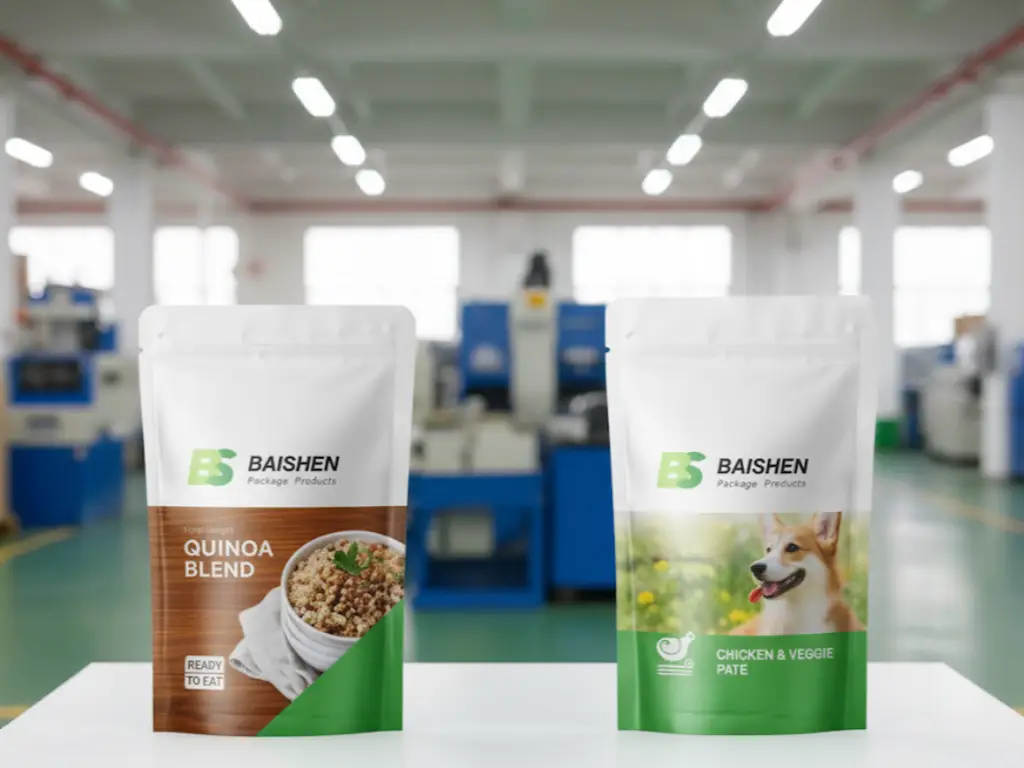
Exploring the Future of Retort Packaging
Innovation in materials science and an increasingly strong focus on sustainability are shaping the future of retort packaging. Manufacturers are also working on solutions to combat the environmental issues that are presented by multi-layer laminates by producing high-barrier and mono-material solutions that are set to be recyclable. Transparent retort packages, where the consumer can view the food product, are steadily increasing in popularity, which creates credibility and adds shelf presence. Also, by emphasizing smart characteristics, including built-in valves to steam or a display that informs when one knows when the food is ready, convenience and functionality are pushed to the limits.
Frequently Asked Questions About Retort Packaging
Is retort packaging safe?
Yes, the retort packaging is so safe. Its materials, and especially the inner polypropylene layer, are FDA-approved food contact materials and are intended to be stable at high temperatures. The sterilization process has been scientifically proven as safe to eradicate the harmful microorganisms, and thus, the food product is safe to consume.
Can Retort Packaging Be Recycled?
Conventionally, due to the multi-material, multi-layer nature of retort pouches, retort pouches have been hard to recycle. Nevertheless, the industry is also achieving a lot of progress due to sustainability. Many players are coming up with new, recyclable mono-material structures that do not compromise the high barrier properties needed during retort processing.
What are the disadvantages of retorting?
The main drawbacks are that retort machinery (autoclaves) is expensive to start up and that the production rate is slower than with other types of packaging. Further, there must be strict quality control, as a microscopic seal failure would lead to the spoilage of the whole product.
What is an example of retort packaging?
A common example is a shelf-stable package of tuna, salmon, or chicken in a supermarket. Some others are ready-to-eat pouches of Indian or Thai curry, single-serving baby food, and numerous wet pet food products. Even certain instant noodles have gone to using retort packets of sauce.
Conclusion
Retort packaging is a critical innovation in the preservation of food, as it has managed to connect the rigorous shelf life of traditional canning with the demands of the contemporary consumer of quality, convenience, and sustainability. It produces a high-quality, safe, non-refrigerated, and long shelf life food product through a complex mixture of futuristic materials and an elaborate procedure of thermal sterilization. Although the technology has been costly in terms of investment and skills, its undeniable benefits in terms of logistics, consumer experience, and product quality have made it an essential attribute to the food industry around the world. Since innovation is so far trying to cope with issues such as recyclability, retort packaging will play an important role in the pursuit of greater, safer, and more convenient food to consumers across the globe.
